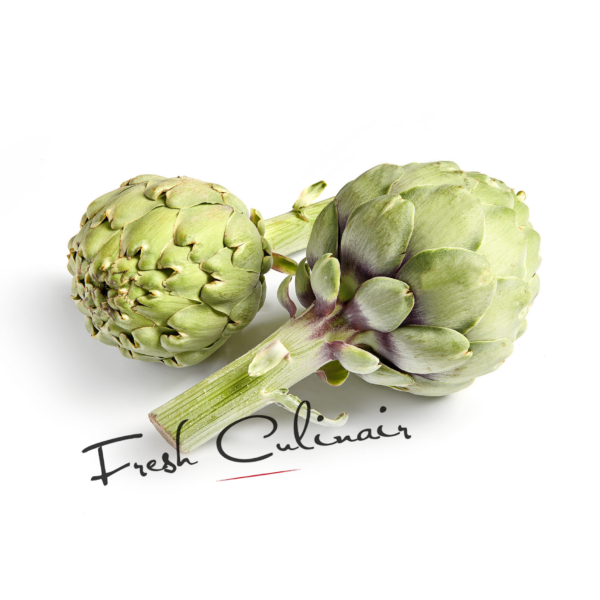Peeled Lotus Root


Lotus root is well suited for cooking methods such as steaming, frying, braising, stir-frying, and boiling. After peeling the root, it should be immersed in acidulated water using vinegar or citrus to prevent discoloration. Lotus root can be blanched just slightly to remove any bitterness, cooled, and added to salads or crudité. It can also be sliced and braised until tender in soups, stir-fried, battered and fried into tempura, or thinly sliced and baked into chips. In India, Lotus root is boiled, mashed, and added to vegetarian kofta, which is a dumpling dish paired with spicy sauces. A traditional Korean dessert also utilizes Lotus root with soy sauce, honey, and sesame seeds called yeongun bokkum. Lotus roots pair well with mushrooms, peppers, snap peas, snow peas, asparagus, corn, celery, cucumber, oyster sauce, peanuts, red beans, and sesame seeds.
Delivery service will be available soon – in the mean time you are welcome to visit our restaurant Zest at 30 Shalva Dadiani St.
Orders placed on the website will be delivered to you at the address specified by you within seven days from the order, at the desired time.
For orders less than 100 GEL, 10 GEL is added – transportation fee.
Above 100 GEL, order delivery is free.
Delivery in the suburbs of Tbilisi (Tabakhmela, Shindisi, Tsavkisi, Kojori, Kiketi, Tskneti, Betania, Akhaldaba and other connected areas) costs 25 GEL.
Storage advice
Lotus root will keep up to two weeks when stored whole, wrapped in damp paper towels, and placed in a plastic bag in the refrigerator. Sliced Lotus root can be stored in an acidulated water solution for a couple of days, or it can be frozen for long-term storage.









 +31 6 285 90 222
+31 6 285 90 222